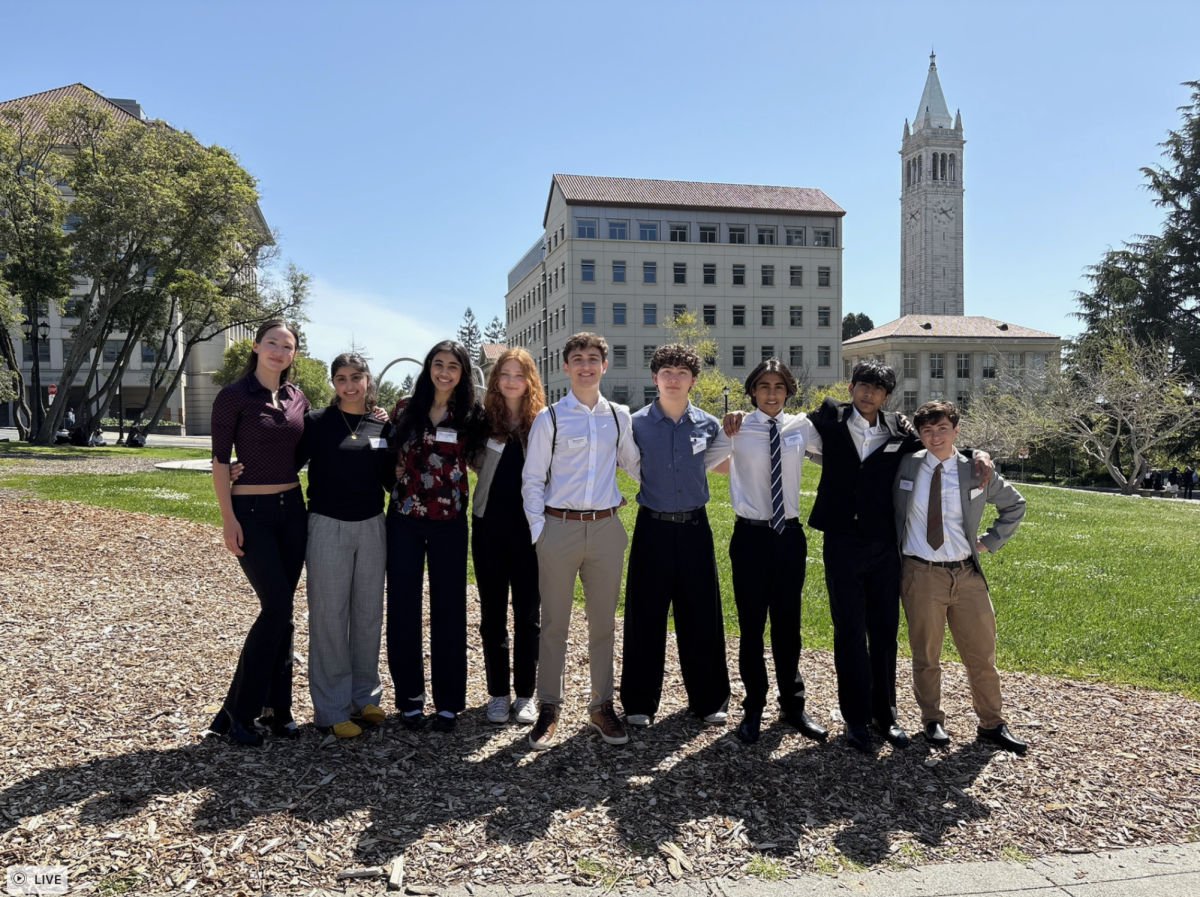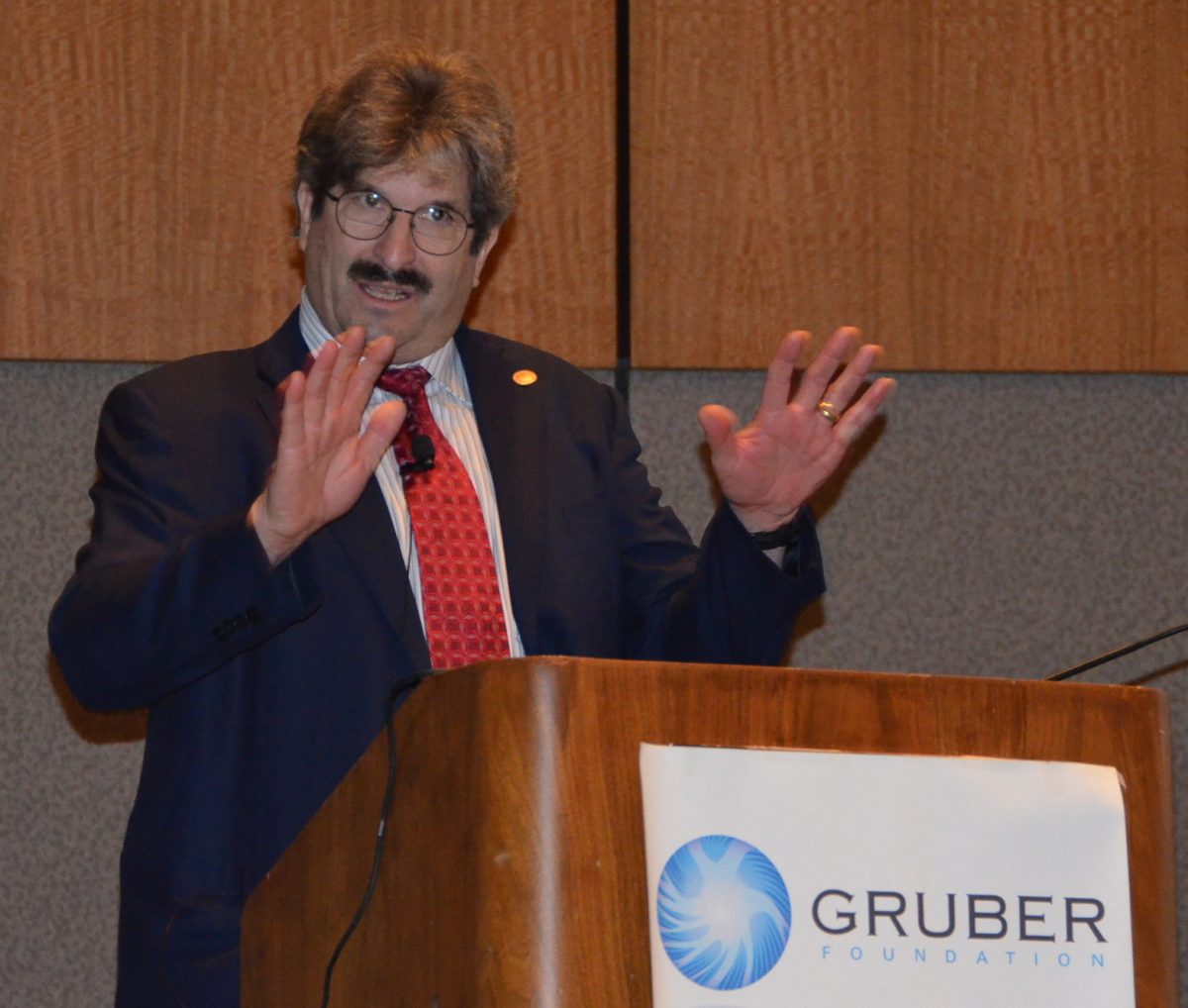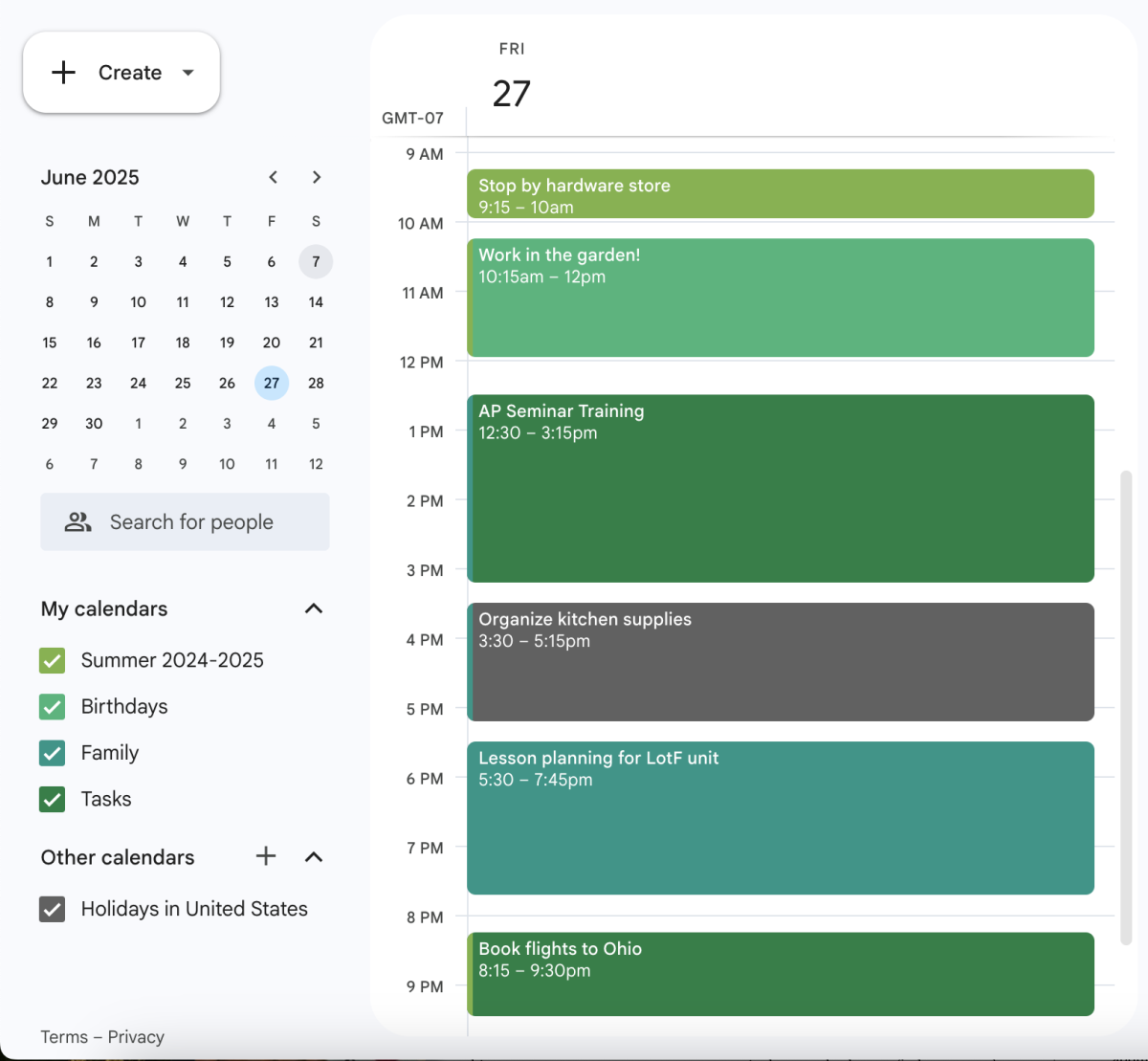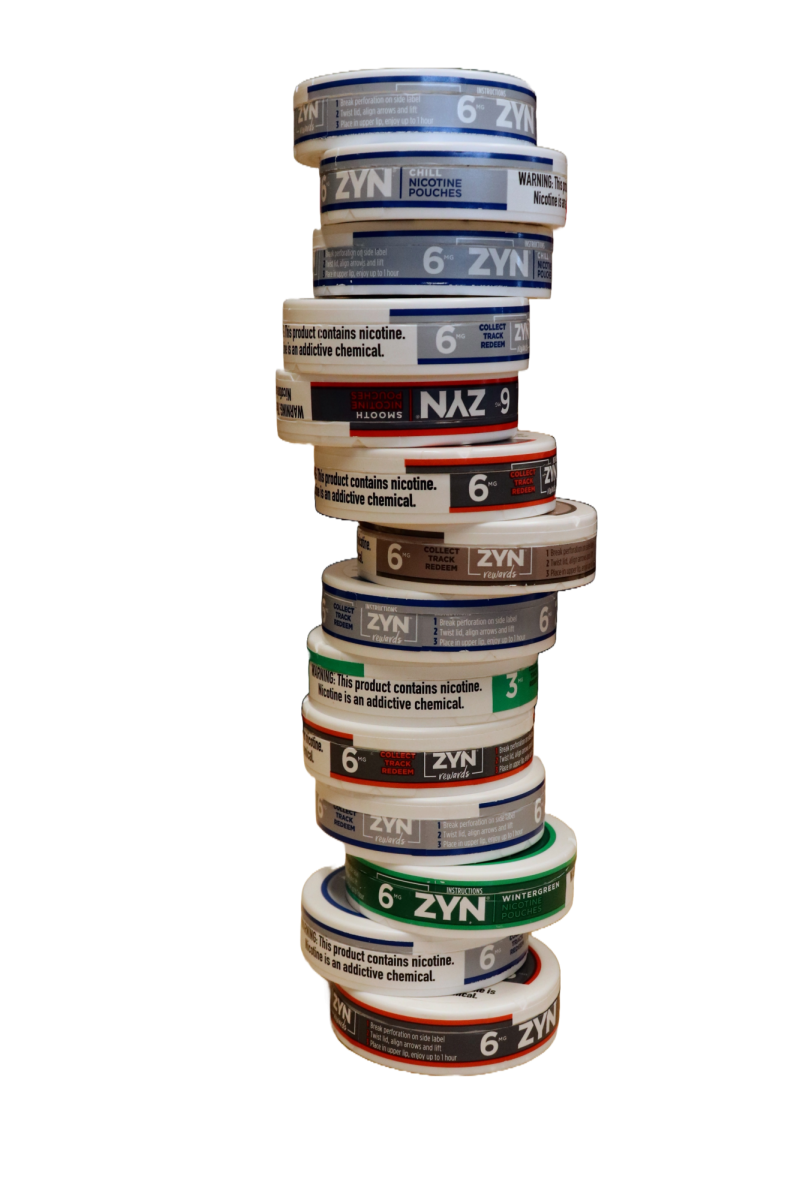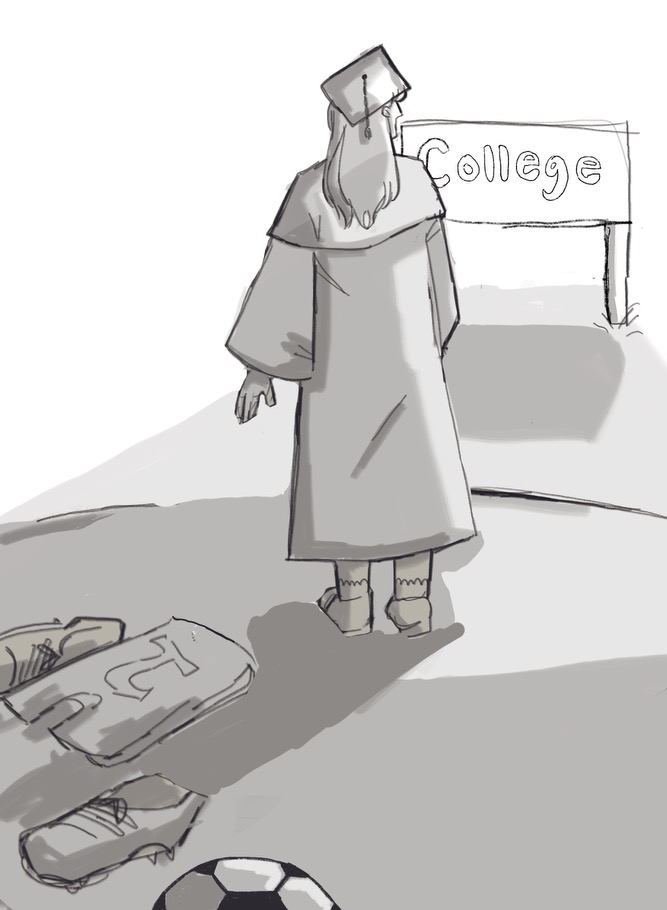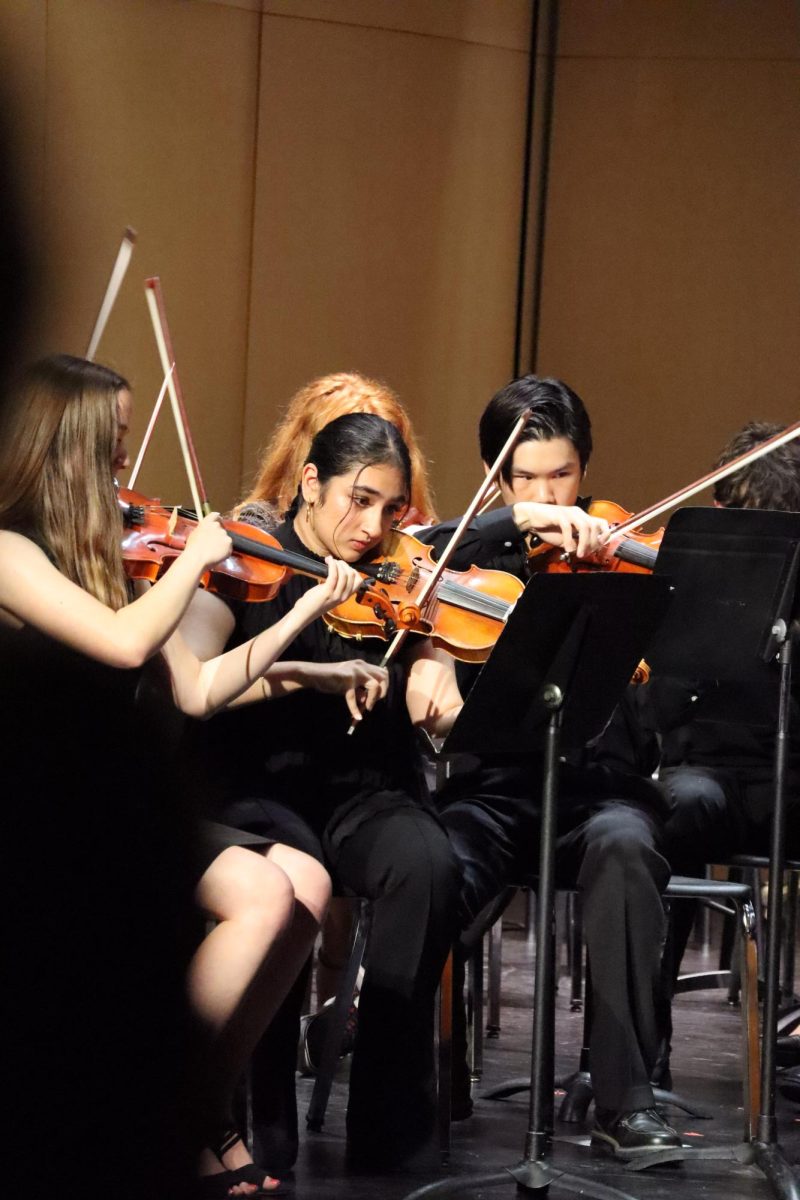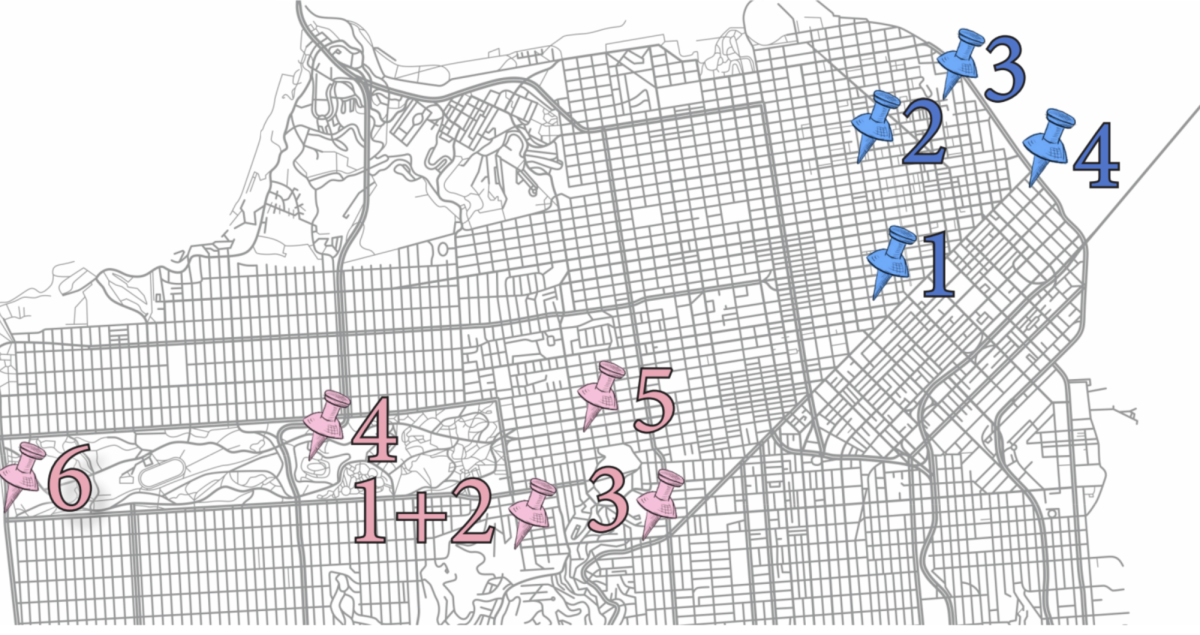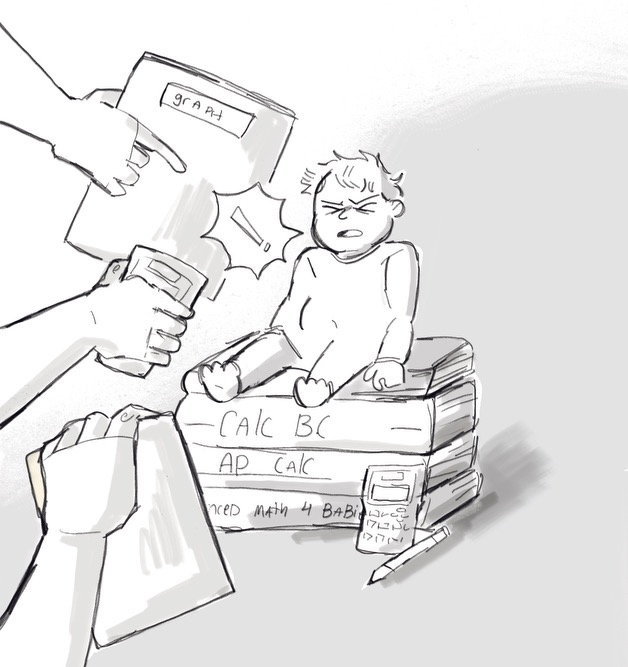Updates on the PUSD Budget
Jun 1, 2023
51% The Local Control
Funding Formula (LCFF)
Over half of the PUSD budget comes
from the Local Control Funding Formula
(LCFF). It is the formula used by the state
of California to allocate district funding.
Daily Attendance
In order to encourage attendance,
base funding is given out not by the num-
ber of students enrolled in the district,
but rather a district’s average daily atten-
dance. This is multiplied by a set
amount based on grade level. PUSD
receives on average $10,000 per pupil.
High-Needs
There are two other grants comprising
the LCFF directed at providing additional
support to “high-needs” students: low-in-
come, English learning, homeless, or in
the foster care system. The district receives
very little of this supplemental funding.
Property Tax
Piedmont, being mostly residential, does
not receive much in local property tax.
Additionally, because Proposition 13 only
increases property taxes when a house is
purchased, the average house valuation for
real estate tax purposes in Piedmont is far
below what it is worth, said Association of
Piedmont Teachers president Elise Marks.
Parcel Tax
In addition to the LCFF, PUSD relies
heavily on Piedmont’s parcel taxes.
28% of PUSD’s budget currently comes
from Measures G and H, two real es-
tate taxes not tied to property value.
Piedmont Education Founda-
tion (PEF)
Community donations are also an im-
portant part of the budget, making up
seven percent in the 2022-23 school year.
Amidst swirling reports of budget cuts, a state education budget revision in May, and an Oakland Unified School District teacher strike, understanding school district funding has never been more important. PUSD receives revenue from federal, state, and local sources. Awareness surrounding how these streams fit together is the first step to achieving an informed and engaged community.
Where does PUSD get its revenue?
LCFF
The Local Control Funding Formula is the formula used by the state of California to allocate district funding primarily through three grants: the base grant, the supplemental grant, and the concentration grant. It accounts for 51% of PUSD revenue, on average $10,000 per pupil.
The base grant is a uniform amount per pupil given to all California districts based on attendance record and grade level. Grades 9-12 receive the most funding due to higher cost of instruction, followed by grades K-3, which also includes incentives for smaller class sizes, and finally middle school students receive the least
ADA
In order to encourage attendance, funding is given out not by the number of students enrolled in the district, but rather a district’s average daily attendance (ADA). This formula multiplies ADA with a set amount based on grade level. PUSD’s current ADA hovers around 95%, a decline from a stable 97% pre-pandemic.
Declining Enrollment
Declining enrollment has impacted state provided revenue more than decreasing ADA. Declining enrollment means fewer students, less state funding, but not necessarily reduced costs. Decreasing enrollment is a statewide phenomenon, likely due to rising cost of living in California and a declining birth rate. Additionally, as an affluent neighborhood, Piedmont has a high barrier to entry for young families to move into. During the 2015-16 school year, PUSD had over 2,700 students enrolled, compared to under 2,350 in 2022.
High-Needs
The other two grants comprising the LCFF are directed at providing additional support to “high-needs” students: low-income, English learning, homeless, or in the foster care system. For each high-needs student enrolled, the district receives a supplemental 20% of the base. If high-needs students comprise at least 55% of a district’s enrollment, they receive a concentration grant of 50% of base for every high-needs student above the 55% threshold. According to US News, 1.4% of PUSD students are considered low-income and 0.9% are considered English learning. As a result, the district receives no concentration grant and very little supplemental funding.
Although LCFF is considered a progressive funding model nationally, by allocating the same amount of money per student it fails to take into account variations in cost of living around the state.
Although the LCFF was a significant improvement from the previous method of state financial allocation, it comes with its own major shortcomings.
Basic + Non-Basic Aid
California public schools fall under two financing models: basic and non-basic aid funding. For a district like Palo Alto that brings in a tremendous amount of property tax and business tax, the amount of money raised locally is greater than what the district would have received through ADA and the LCFF. In this circumstance, the district does not receive any general purpose state aid, instead allowing the district to keep all the local property tax, including ADA excess, called basic aid funding. According to the Tamalpais Union High School District (good graphic), roughly 10% of California’s school districts are Basic Aid Districts.
Piedmont, being mostly residential, does not raise enough property tax money to be funded through basic aid. Instead, it relies on the state to pay the difference between what is earned through property tax and ADA allocations.
Prop 13
Even so, Piedmont does not receive much in local property tax due to Proposition 13, which makes property taxes only increase when a house is purchased.
“In a place like Piedmont, people keep houses in their families, often for generations. The average house valuation in Piedmont for real estate tax purposes was something like half a million dollars. You can’t buy a garage in Piedmont for that much money,” said English teacher and Association of Piedmont Teachers president Elise Marks.
Parcel Tax, PEF, Everything Else
Instead, we rely on the LCFF and our own parcel taxes. 28% of PUSD’s budget currently comes from Measures G and H, two real estate taxes not tied to property value. Another significant portion, around $3 million, comes from the Piedmont Education Foundation.
Unforeseen Expenditures
SPED (https://www.newstimes.com/news/article/Redding-parents-irked-with-remarks-that-special-17053005.php) https://www.understood.org/en/articles/out-of-district-placement-how-it-works , https://www.greenwichtime.com/news/article/Volatile-special-education-outplacement-16275085.php
Another large contributor to the PUSD budget deficit is unforeseen expenditures from outplacing students with special needs PUSD cannot accommodate. During the 2022-23 school year, this amounted to over $2 million dollars, money already spent or allocated for staff salaries and benefits. California law states that if a student’s Individualized Education Program (IEP) team decides it is most appropriate, a student can be placed at a school out of district. Students can be placed in public, private day, or residential schools and their fees will be fully financed by the home district. The lowest cost of sending a student with an IEP to a private school is $25,000, up to $70,000 including transportation fees. For a residential program, the cost is up to $350,000. For a small district like PUSD, the unpredictable nature of special education outplacements can end up amounting to a huge portion of the district’s expenditures. If the district does not adequately support the needs of students with IEPs, lawsuits can extract from the budget significantly.
One way the district is looking to reduce costs of outplacing students is creating more comprehensive special education programs. At PHS, there are “counseling-enriched classrooms” that allow students with IEPs to attend quiet, private classrooms in the morning in addition to the mainstream classes.
There’s also another classes home base is called is for really high needs kids. And we didn’t have one at that high school level. There’s one elementary so we’re going to add one of the high school and it’s going to allow us to keep kids here that are higher needs.
Clawback
School districts are required by law to keep 3% of their revenue in a reserve. PUSD was given a 1.5 million dollar grant for arts and music, but because the money was unrestricted it was put into reserves. When Governor Gavin Newsom layed out the new budget in January 2023, $500,000 of the grant had been clawed back: money which had essentially been spent. In April, school board president Veronica Anderson Thigpen and vice president Hilary Cooper attended the California School Board Association’s Legislative Action Week to advocate for the $500,000 to be returned to PUSD. The revised budget will be released in May. only 300k clawed back update in may

